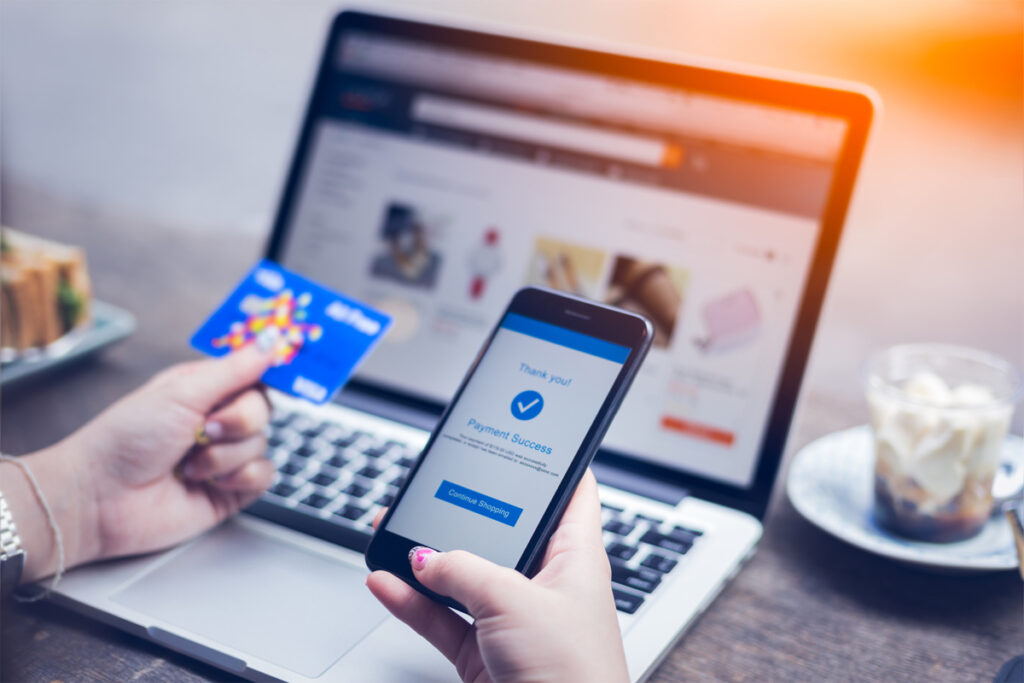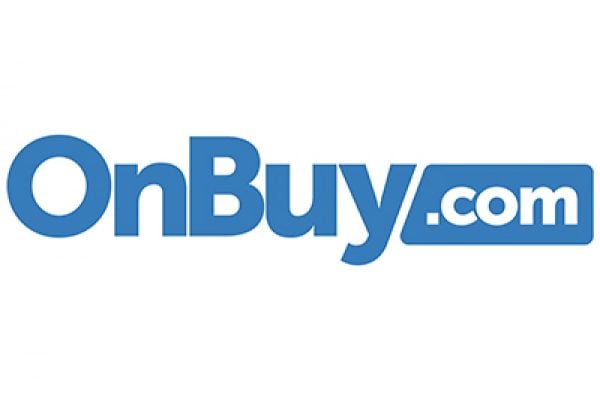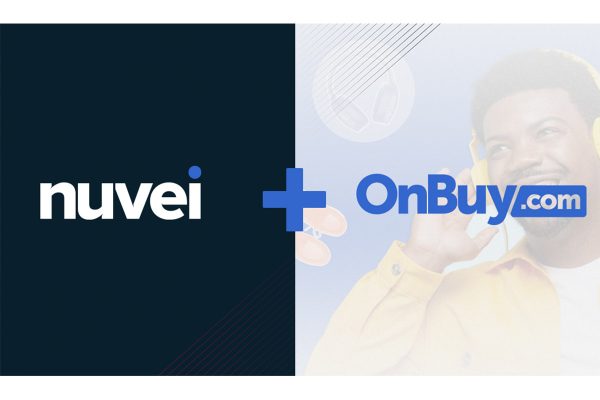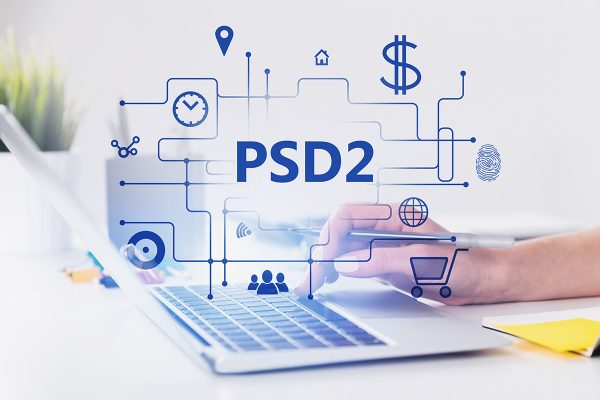Download or read online
This position paper on Payments is available as a free download to read offline at your convenience, or carry on reading below.
Payments
Brass in pocket – or in your phone?
In 1994, a staggering $60billion worth of goods were sold remotely. Even before the internet ‘arrived’, people were buying things not from shops but over the phone, prompted by TV shopping channels and catalogues.
That is quite a lot of revenue back in 1994, but there was always a sticking point that held it back: payments. How do you actually get the money to the merchant, and they get your goods out to you?
Back then people used to pay by credit card over the phone – a bit, it was still in its infancy – use a high-tariff premium rate phone line to call to order, the charge for the call covering the costs of the goods – popular in the US, started to fly in the UK but was then regulated out of existence – or they sent cheques in the post.
In the early days of the web, some very early adopters, if buying from US sites like the fledgling Amazon (from ’95 onwards), would actually go to the Post Office, buy dollars and post them via Air Mail to the merchant.
At the time this all seemed perfectly reasonable. Viewed through the lens of today’s ecommerce world we wonder how we ever managed – and how ecommerce ever took off. But it did and with it came payments technologies and shifts in payment habits that have made fundamental changes to how we view money and payments and, culturally, may yet see the demise of paper money altogether.
But where did this payment revolution start?
In the beginning there was PayPal
It would be nice to think that Elon Musk, Luke Nosek, Max Levchin, Peter Theil and Ken Howery took one look at this mess, saw the potential in online selling and sat down in Starbucks and invented PayPal – but history is more prosaic than that.
Nosek, Levchin, Theil and Howery had developed an online money transfer solution called Confinity, which allowed banks and people to use the web to securely transfer money from one account to another. It was, in essence, a security software development.
Meanwhile, soon-to-be-space cadet Musk, with his ever present penchant for a cool name, had created x.com, a fledgling online only bank.
Musk saw that together these two things could offer quite a powerful way to help not only online banking, but merchandising. And so, after much argument – and a name change – in 2001 PayPal was born.
And Musk was ‘let go’.
PayPal, however, had hit the spot, arriving just as the world of online commerce took off and it rapidly grew its user base, until it was listed and valued at $61million in 2002.
In July of the same year, eBay – which had seen increasing use among its auction-using customers of the fledgling PayPal – bought it for $1.5billion , 77% above its IPO value and making shareholder Musk rich enough to build rockets, hyperloops and electric cars for a living.
At the time, 70% of eBay auctions accepted PayPal, and 25% of them closed using the online payment tool.
Deals with Verisign and Mastercard saw PayPal essentially corner the market in online payments – the Mastercard deal allowing non-PayPal merchants to be paid by PayPal users – and by 2010 PayPal had 100 million users.
Payments had changed forever.
Changing payment habits
While PayPal is by no means the only payments game in town for online, it did kick-start a payments revolution. Without it who knows what the ecommerce market would look like. But change it PayPal did and today we are awash with different ways to pay and, if anything, it is now easier than ever to part with your cash.
Online payments for goods are now pretty standard: you enter card details and away you go. Unless, of course, you are German, in which case you want an invoice and you pay the delivery man when it arrives.
Online payment gateways allow merchants to now take a vast array of cards – and services such as PayPal – to get payments. The more switched on retailers are starting to use payments to get shoppers to sign up to their sites so that payment details can be stored. This means a one time tapping in of the lengthy card details and billing address (unless you are an Apple user and your keychain remembers all this and can do it for you) and then future payments can be made by a single click.
This is really what is interesting today about payments: it’s potential to help drive repeat business. Shoppers are more likely to buy from places where their payment details are stored and the online purchase is easy as a result. This, rather than just price, can be a differentiator for many.
But payment habits across retail have changed in myriad other ways too. Smart re-ordering, ‘invisible’ payments and ‘buy now, pay later’ are all starting to make in-roads into how people pay online.
Buy now pay later is sweeping through the fashion world, where shoppers want to buy several things online, get them delivered, try them on, then send back the ones they don’t want – then being billed for what they have kept once the returns are returned.
While this offers huge convenience for the consumer – and some convenience for retailers: they don’t have to keep doing chargebacks – it does present something of a cashflow challenge to retailers.
Still in its early days, it will be interesting to see if this model catches on – to date the only major retailer offering it is pureplay ASOS – and what banks then do about it.
Smart re-ordering, on the other hand, is a boon for wholesale and utilitarian goods – milk, washing powder, bin bags, toilet roll et al – because, well, they are boring necessities that people tend not to shop around for.
Take washing powder: Amazon Dash buttons already act for a number of leading brands, enabling the shopper to have a ‘Daz’ button attached to their washing machine that, when they are running low, they simple press and it re-orders – and automatically pays for through the user’s Amazon account – for more washing powder.
Some washing machine manufacturers are even looking at letting the machine ‘count’ how many loads it has done so it knows how many washing pods have been used so it can order the next lot before they have run out.
This technology pushes payments into the background – making it invisible. This is something that has also been pioneered by taxi-alternative Uber. Paying for your Uber is invisible to the user: you book the cab, agree the price, do the ride and are then charged, to your card, for it. Invisible.
While this model won’t work for all sales, it certainly can be built into many retail processes and takes out the single pain point of actually buying stuff.
Security: the number one concern
Invisible payments, however, highlight one of the major concerns consumers have with modern payment tropes and that is security. Data breaches, identity theft and good old fashioned stealing all weigh heavy on the consumer mind in a world where they aren’t handing over cash.
While, in theory, much of the digital banking/payment world is probably more safe and secure than carrying around a ‘loadsamoney’ wad of cash, perceived concerns are much more prevalent.
According to a recent study by Paysafe, 43% of shoppers are comfortable using smart buttons to order often used single items. But equal numbers would not do so, and only 33% would let fridges automatically re-order food. And it is all because of concerns about data privacy.
Services such as Uber’s invisible payments are also a worry: only 23% of consumers have used frictionless payments in apps such as Uber, despite widespread awareness. At the same time, only 18% of respondents use voice-activated payments systems, finds Paysafe.
Moving to mobile?
Despite security fears, mobile has long been tipped as a way to pay – and has made some in-roads over the years, but largely mobile payments have come to naught. Zapp, Pingit and countless other mobile payment tools were set to take over the world, but have come and gone, never really garnering that much traction.
Even Apple and Google have tried and, while by no means a failure, they have failed to set the world alight.
Partly the problem is that mobile payments isn’t really a thing. Buying something on mobile is just an internet payment, made with a card, through the device. In a store, it is just a way of using your phone to pay with a card electronically allied to that phone.
In many ways, all these mobile payment tools are just ‘PayPal’ – they link a card to a device and pay using that channel, the money coming from the card/account through the device.
What they do add is security. While contactless card payments are very popular in the UK – 54% of UK shoppers use them – the mobile equivalent is beset with security worries – even though by using tokenisation, the process is actually more secure than contactless.
Where mobile might have a role to play in future is in the mobile wallet: here not only can the bank card be held, but so too can loyalty cards and points. Making it easier to spend these points – or to use them to get money off and pay all in one tap – could well yet save the mobile some face in the payment game.
And it needs something: just 9% of consumers use mobile wallets for shopping in-store, due to a lack of awareness and scepticism about security and convenience. But usage for payments is high among smartphone owners, at 44%.
One place where mobile payments are working is in China and, increasingly, other areas of South East Asia.
Pioneered in Japan, mobile payments have long been attractive to shoppers in this part of the world, and that shows no sign of slowing down.
China’s Alipay overtook PayPal as the world’s largest payment platform in 2013, and in 2016 had 54% of China’s $5.5tirllion mobile payments market.
Alipay is used in smartphones with their Alipay Wallet app. QR code payment codes are used for local in-store payments. The Alipay app also provides features such as credit card bills payment, bank account managements, P2P transfer, prepay mobile phone top-up, bus and train ticket purchase, food order, ride hailing, insurance selection, digital identification document storage. Alipay also allows online check-out on most Chinese-based websites such as Taobao and Tmall.
It has expanded globally and can now be used by Chinese shoppers all over the world – even Bicester Shopping Village in Oxfordshire now takes Alipay.
The future
So what does the future hold? Retailers – both online and in store – need to keep pace with the mores of the shopper and keep up with changes in payment habits.
The stakes are high for retailers. A recent study by Barclaycard suggests that Retailers with obsolete online and mobile payment services face abandoned sales worth £18bn a year, despite consumers yearn for the latest technology.
Retailers insensitivity towards clienteles’ shopping desires is detrimental towards sales conversion, resulting in lost sales worth almost £30 a month, warns the same body of research.
In fact, 15% of shoppers surveyed say they have aborted an online and mobile transaction because they couldn’t pay with ’one-click’ ordering, with 16% of consumers revealing that lengthy checkout processes are their biggest frustration when purchasing online.
However, of retailers that have new payment mechanisms, 96% report this has enhanced the online experience.
Some retailers get it: McDonald’s for instance is revamping all its stores to put in Kiosks for ordering food, but it is also looking to offer as many different ways to both order and pay as possible.
And it seems to be working. McDonald’s has enjoyed considerable growth with around 3.7million visits every day to its restaurants. Lovers of the Golden Arches can now pay for their fast food favourites in a variety of ways that are convenient to them; via the McDonald’s Click and Collect app, through in-restaurant self-service order screens or when using a Drive Thru.
The introduction of Open Banking through the European Commission’s second Payments Services Directive (PSD2) means that it won’t just be banks that are offering payment services and with the raft of disruptors that this will bring, will come many new services.
The likes of Monzo are already exploiting this, offering a bank service run entirely from a smartphone app that offers not just balance information, but also a breakdown of spending, the ability to set savings targets and more. It is a modern banking app for a modern millennial consumer.
Some of the mainstream banks have also got on board with this. NatWest users are set to be able to pay using just a banking app rather than a card as it becomes the first bank to introduce a ’Request to Pay’ smartphone app. The move could also save retailers millions in card handling fees, says the bank.
The app is designed to deliver the seamless experience of managing day-to-day finances by using something consumers are so attached to; their smartphone.
Retailers also have an opportunity to take advantage of lower payment processing fees and lower fraud costs via direct usage of bank-grade security, which avoids the need to obtain the consumer’s sensitive data-highlighting a benefit for retailers in the current GDPR world.
In conclusion
Payments is, naturally, the most important part of retail: it is the bit where you actually get the money. However, with habits around how a consumer can pay changing rapidly – and technology offering an ever-wider array of ways to pay – all retailers and brands need to be on top of what their customers want when it comes to parting with their hard-earned brass.
The McDonald’s model – offering as many ways as possible to both order and pay – is one that, today, exemplifies what all retailers should be doing. Consumers need to have the choice of all methods of payment, as each consumer will not only have different preferences but also different preferences each time they shop.
Offering this choice is going to be crucial in the short to medium term. Whether, then in the future, payments become ever more hidden in other processes remains to be seen. Payments can be used to increase loyalty and they can be used as part of the marketing mix. However, with security an ever-present concern of most consumers, any move towards radically new ways of paying will be slow.
Technology has always driven the way payments are made and this will continue to be the case – perhaps a technological leap around visual and voice-activated commerce is what is needed to make this happen?










2 Responses
1 bear in mind that admin hasn’t necessarily got easier for the retailer.
2 what have other retailers’ experiences been like in querying card processors etc?
ours have been time -consuming – therefore expensive. expertise has not always been present at the other end of phone/email.
3 all these systems cost the retailers – often both transaction fee and overhead charge. there are limits to what can be borne.
4 as a stock market investor i’ve noticed how the e-payments game resembles Adam Smith’s ‘perfect market’ – relative ease of entry encouraging many competitors, no ability to benefit from patent protection – and only a few providers making a profit. remember that we the retailers ultimately pay for this process to sort itself out.
5 therefore we’ve retreated to using paypal – we’ve other things to do to generate business.
We had a problem with PayPal not working properly on our site a few weeks back. Asked them for support and 5 days later no reply so we dropped them completely. The reduction in orders has been minimal and now all payments are costing us 1.4% instead of PayPal’s extortionate rates.
Once eBay drops PayPal I think they will disappear quickly.